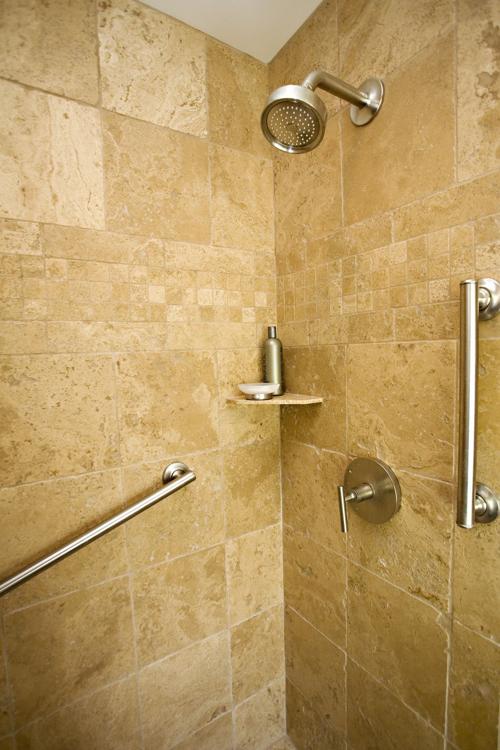Each year, thousands of Arizona residents email or call Rosie Romero’s radio show with questions about everything from preventing fires in their chimneys to getting rid of tree roots invading their sewer system. His goal is to provide answers that suit the specific lifestyle wherever someone lives in Arizona.
QUESTION: The screws have rusted on the grab bars in our bathroom. The heads of the screws are now gone, and I need to remove the screw shaft to install news screws. Any tips? Also, should I use brass or stainless steel screws with my stainless grab bars? The stainless steel screws rusted after 10 years.
ANSWER: Attempting to remove the body of the damaged screw from the existing mounting location will more than likely do more damage to the surrounding wall surface than you may be willing to repair. Instead, you can probably move the mounting plates slightly so that the new screw location will be adjacent to the existing ones. We recommend using stainless steel screws again as they are more durable and stronger than brass screws. To help slow corrosion, use high-quality stainless screws and inject some clear silicone caulking into the predrilled pilot hole before inserting the screw. Then put a small amount of silicone on the screw’s head itself to protect it.
Q: About six years ago, I put in patios and stucco-covered walls in my yard. Now the front wall has a narrow crack that runs between the concrete blocks underneath the stucco from the bottom to the top of the wall. It’s a very thin crack about the thickness of the lead in a mechanical pencil. What’s happening and how can I fix this?
A: If the crack is that thin, there’s probably nothing structural going on with your wall. Just clean out the crack thoroughly, while removing any loose material and dirt. Then you can fill the crack with latex caulk mixed with sand. Feather in the mixture with your finger and then use a damp sponge to smooth out the area. After the area thoroughly dries, you can use regular paint on the wall to cover up the caulking — not elastomeric paint.
Q: My peaked roof was recently redone with 30-year shingles and I also had my flat roof foamed. Now I’d like to put solar panels on the roof, but I’m worried about what effect that will have on the warranty for my roofing job. Will my warranty be any good anymore?
A: This change can definitely affect your warranty. You need to have the solar company contact the roofing company in advance to demonstrate how and where the solar installation will be done. Generally, only the warranty on the area covered by panels would be affected. The rest of the roof should still be under warranty.
Q: I have a very large, 25-year-old chinaberry tree in my yard, and something is eating away at it. I had a dead limb cut off the tree, and now I have holes in the area of the tree where pruning was done; sawdust is also coming out of the tree. I think some large beetles, like the kind that attack palo verde trees, could be boring from the inside the tree. I don’t want to lose the tree because it throws a lot of shade, but I’m also afraid the tree may fall on the house.
A: Most likely, big black carpenter bees entered the tree after you had the limbs cut off. They love eating away at old dead wood, and it’s possible that there is still dead wood in the area they are feeding on. You can apply some kind of organic compound to kill the borers. Contact your local nursery about options.





